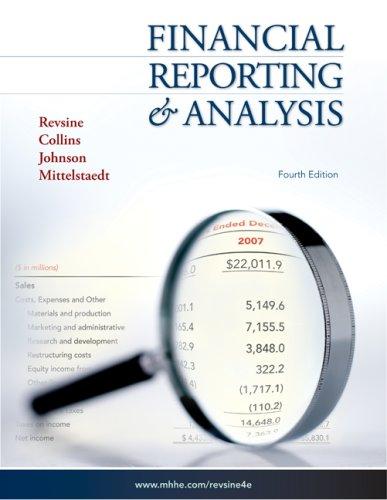Abbott Stores must raise ($100) million on January 1, 2009 to finance its expansion into the lucrative
Question:
Abbott Stores must raise \($100\) million on January 1, 2009 to finance its expansion into the lucrative Boston metropolitan market. It will use the money to finance construction of five retail stores and a distribution center. The stores are expected to open later this year. Three alternatives for raising the money are being considered:
1. Issue \($100\) million of 8% nonconvertible debt due in 20 years.
2. Issue \($100\) million of 6% nonconvertible preferred stock (100,000 shares).
3. Issue \($100\) million of common stock (1 million shares).
The company’s internal forecasts indicate the following 2009 year-end amounts (before the impact of the \($100\) million of new financing is considered):

Abbott has no preferred stock outstanding but has 10 million shares of common stock outstanding.
EPS has been declining for the past several years. Earnings in 2008 were \($1\) per share, down from \($1.10\) the year before, and management wants to avoid another decline this year.
One of the company’s existing loan agreements requires its debt-to-equity ratio to be less than 2. Abbott pays taxes at a 40% rate.
Required:
1. Assess the impact of each financing alternative on 2009 EPS and the year-end debttoequity ratio.
2. Which financing alternative would you recommend?
Step by Step Answer:






